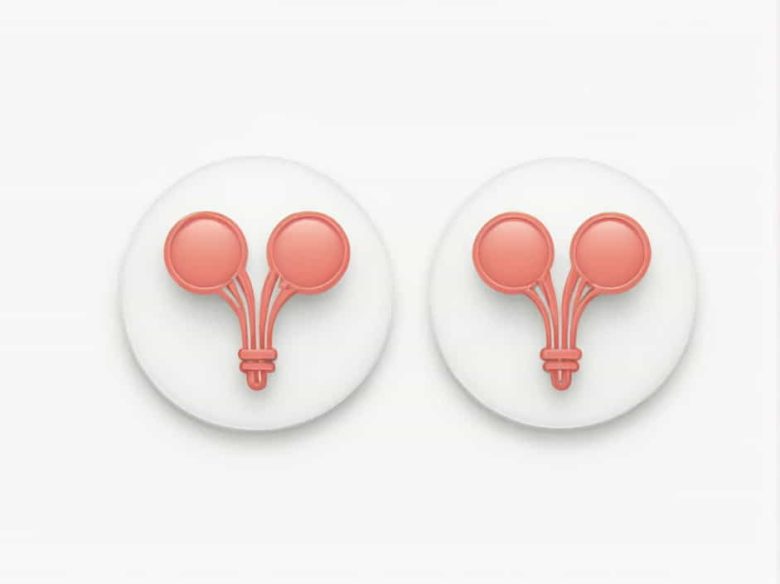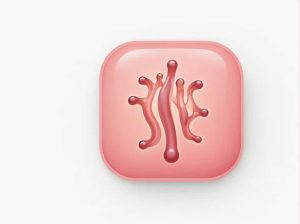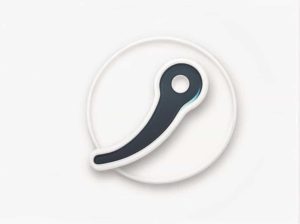The male and female reproductive systems play a vital role in human reproduction. Each system has specialized organs designed to produce store and transport reproductive cells. While both systems share the common goal of creating offspring they function in distinct ways.
In this topic we will explore the structure function and importance of the male and female reproductive systems in a clear and easy-to-understand manner.
The Male Reproductive System
1. Overview of the Male Reproductive System
The male reproductive system is responsible for:
- Producing and delivering sperm.
- Releasing hormones mainly testosterone.
- Assisting in fertilization.
It consists of internal and external organs each with a unique function.
2. Major Organs and Their Functions
A. Testes (Testicles)
- The testes are oval-shaped glands located in the scrotum.
- They produce sperm and release testosterone the hormone responsible for male traits.
B. Scrotum
- The scrotum is the sac that holds the testes outside the body.
- It helps regulate temperature keeping the testes cooler than body temperature which is essential for sperm production.
C. Epididymis
- A coiled tube that stores and matures sperm before they move to the next stage.
D. Vas Deferens
- A long duct that transports mature sperm from the epididymis to the ejaculatory duct.
E. Seminal Vesicles
- These glands produce a fluid rich in nutrients which helps sperm survive.
F. Prostate Gland
- The prostate gland produces a milky fluid that forms part of semen.
- This fluid helps protect and nourish sperm.
G. Penis and Urethra
- The penis delivers sperm into the female reproductive tract.
- The urethra carries both urine and semen but not at the same time.
3. How the Male Reproductive System Works
- The testes produce sperm.
- Sperm matures in the epididymis.
- During ejaculation sperm travels through the vas deferens and mixes with fluids from the seminal vesicles and prostate.
- The mixture called semen is expelled through the penis.
The Female Reproductive System
1. Overview of the Female Reproductive System
The female reproductive system has several functions:
- Producing eggs (ova).
- Providing an environment for fertilization.
- Supporting pregnancy and childbirth.
It consists of both external and internal organs each playing a crucial role in reproduction.
2. Major Organs and Their Functions
A. Ovaries
- The ovaries produce eggs (ova) and hormones like estrogen and progesterone.
- A woman is born with millions of immature eggs but only a few hundred will be released during her lifetime.
B. Fallopian Tubes
- These tubes transport the egg from the ovary to the uterus.
- Fertilization typically occurs here if sperm meets the egg.
C. Uterus (Womb)
- The uterus is a muscular organ that supports the development of a fetus.
- The inner lining called the endometrium thickens each month to prepare for pregnancy.
D. Cervix
- The cervix is the lower part of the uterus that connects to the vagina.
- It produces mucus that helps or blocks sperm movement depending on the stage of the menstrual cycle.
E. Vagina
- The vagina is the canal that connects the external genitals to the uterus.
- It plays a role in sexual intercourse childbirth and menstrual flow.
3. How the Female Reproductive System Works
- Each month one ovary releases an egg (ovulation).
- If sperm fertilizes the egg it travels to the uterus and attaches to the endometrium starting pregnancy.
- If fertilization does not occur the lining of the uterus sheds resulting in menstruation.
Differences Between Male and Female Reproductive Systems
| Feature | Male System | Female System |
|---|---|---|
| Main Function | Sperm production and delivery | Egg production and pregnancy |
| Gamete | Sperm | Egg (Ovum) |
| Hormones | Testosterone | Estrogen and Progesterone |
| Location | External (testes penis) | Internal (ovaries uterus vagina) |
| Reproductive Cells | Millions of sperm daily | One egg per month |
Hormones and Their Role in Reproduction
1. Male Hormones
- Testosterone: Controls sperm production muscle growth and male traits like deep voice and facial hair.
2. Female Hormones
- Estrogen: Helps develop female traits and prepares the uterus for pregnancy.
- Progesterone: Supports pregnancy by maintaining the uterine lining.
Hormones are essential for sexual development fertility and reproductive health.
Common Reproductive Health Issues
1. Male Reproductive Health Issues
- Low Sperm Count: Affects fertility.
- Erectile Dysfunction: Difficulty in maintaining an erection.
- Prostate Problems: Enlargement or cancer can impact urination and fertility.
2. Female Reproductive Health Issues
- Polycystic Ovary Syndrome (PCOS): Causes hormonal imbalance and irregular periods.
- Endometriosis: Tissue grows outside the uterus leading to pain and infertility.
- Infertility: Difficulty in conceiving due to various factors.
Regular medical check-ups a healthy diet and exercise can help maintain reproductive health.
Importance of the Reproductive System
The male and female reproductive systems ensure the continuation of the human species. Beyond reproduction they also influence:
- Hormonal balance
- Physical development
- Overall health and well-being
Understanding how these systems work helps in maintaining reproductive health preventing diseases and making informed choices about fertility and family planning.
The male and female reproductive systems work together to enable human reproduction. Each system has specialized organs that produce gametes (sperm and eggs) regulate hormones and support fertilization and pregnancy.
By understanding the structure function and common health concerns of these systems individuals can take better care of their reproductive health and make informed decisions about their bodies.



